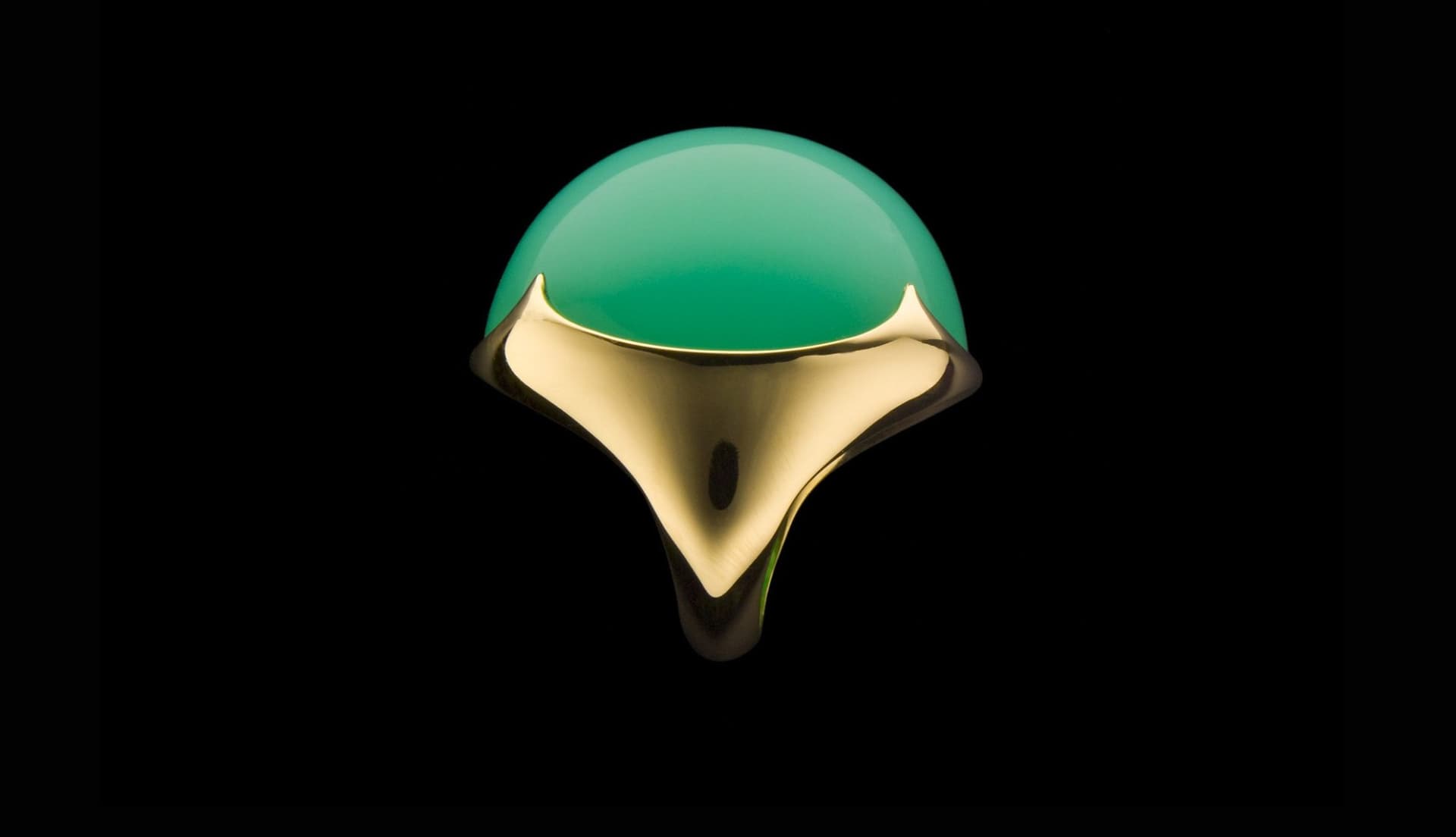Chrysoprase Buying Guide
With bright, apple-green hues, chrysoprase makes an attractive, eye-catching jewelry stone. If you’re looking for a top-quality gem, read this guide before your chrysoprase buying trip to help you choose the best gem for your project.
3 Minute Read
Related Articles
Chrysoprase Value, Price, and Jewelry Information
Chrysoprase is apple-green chalcedony that derives its color from nickel. Its hardness and striking color make it a popular gemstone...
Read More
Does Chrysoprase Jewelry Fade?
Should you wear chrysoprase jewelry only at night to protect the gem’s striking green color? Learn the facts here.
Read More
Creating an Ethical Engagement Ring: the Complete Guide
If you're trying to create an ethical engagement ring, you have some research ahead. Our guide can help you shop...
Read More
Rutilated Quartz Buying Guide
Silky golden rutile inclusions in quartz have become quite popular. Read our rutilated quartz buying guide to help you choose...
Read More
Never Stop Learning
When you join the IGS community, you get trusted diamond & gemstone information when you need it.
Get Gemology Insights
Get started with the International Gem Society’s free guide to gemstone identification. Join our weekly newsletter & get a free copy of the Gem ID Checklist!
